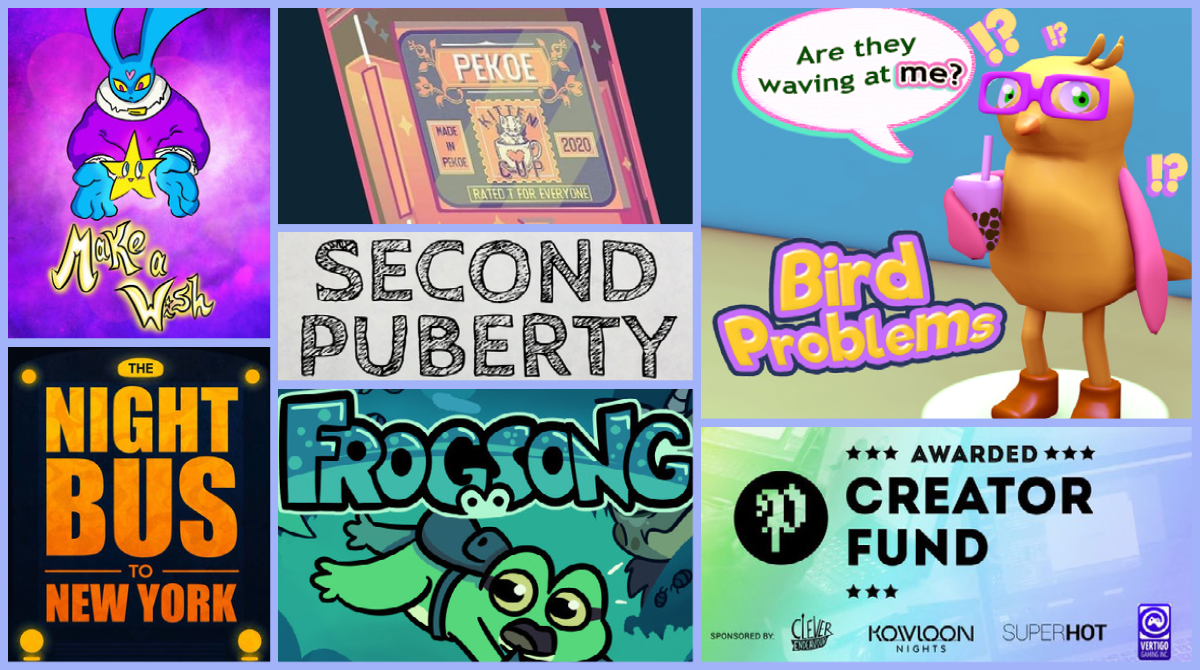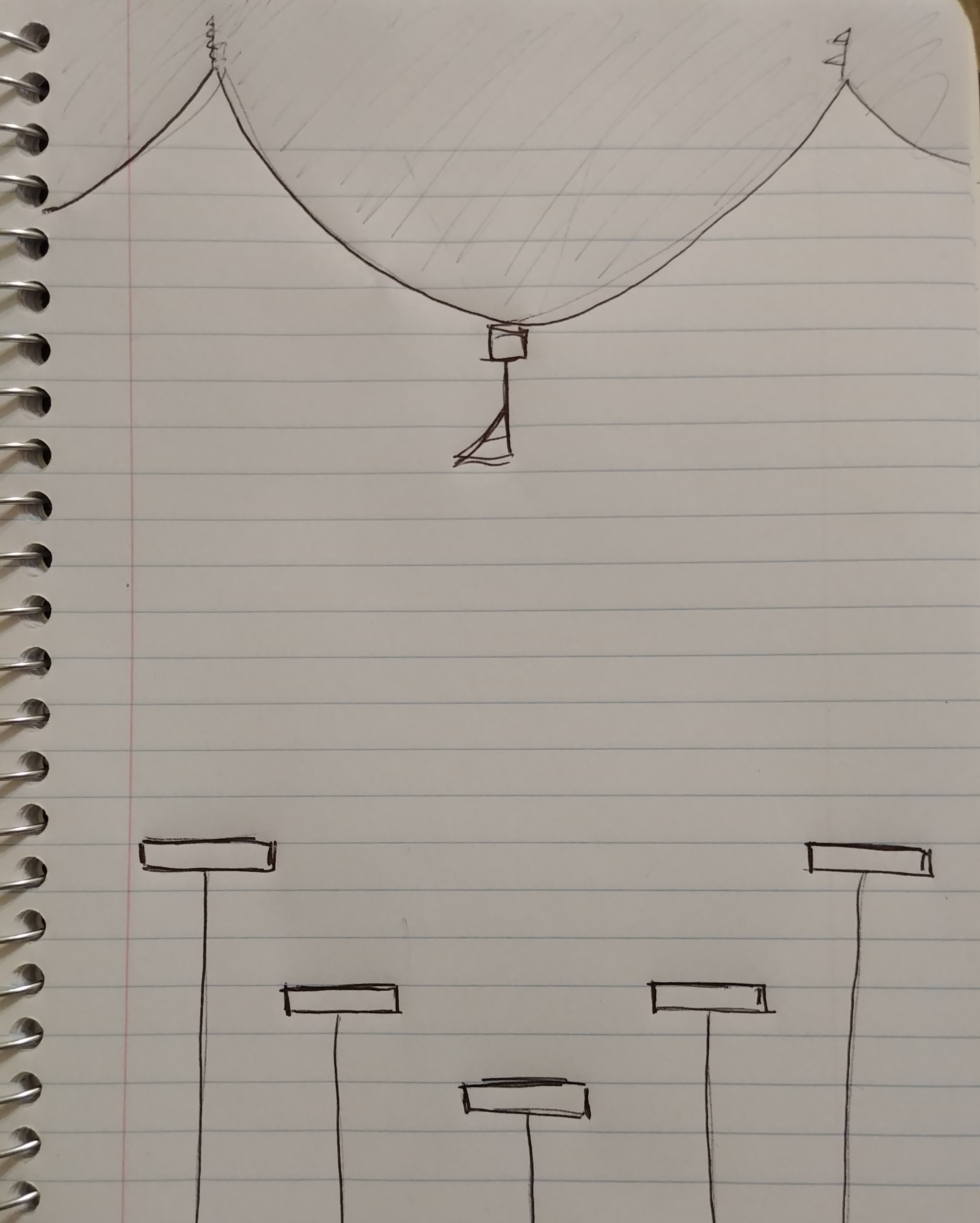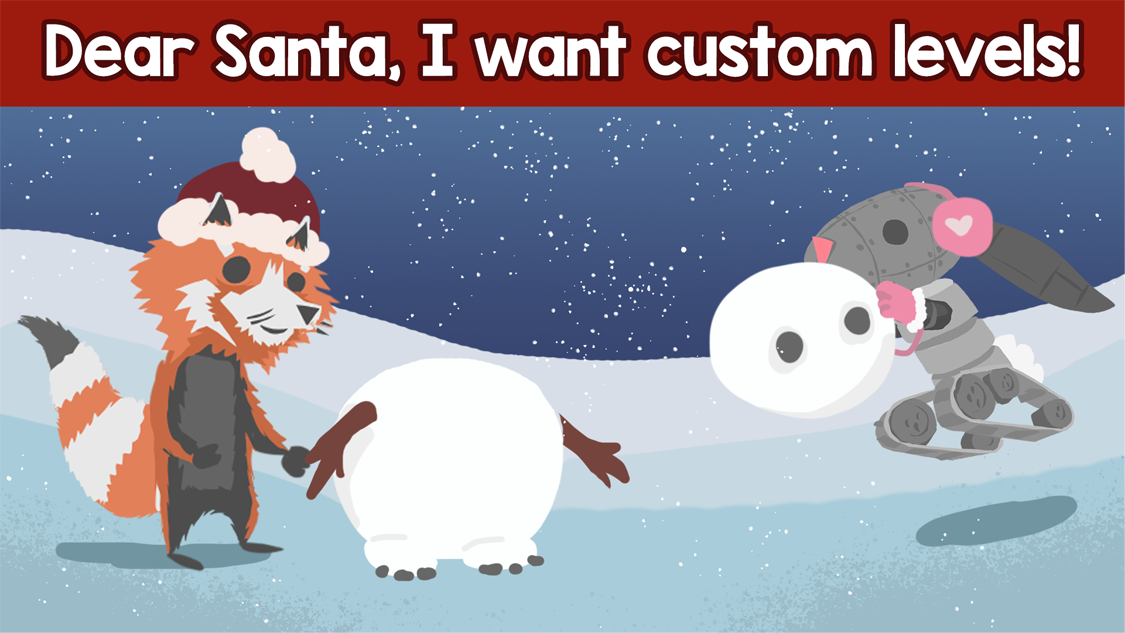The search for a new Community Manager, and industry events
/Howdy, Ultimate Chicken Horse fans and other friends of Clever Endeavour!
It’s time for another monthly round-up of what we’ve been up to. Here’s the short version:
Ultimate Chicken Horse is in a gift box of 100% Québec indies
The final articles of the A-cobra-tic behind-the-scenes series are out
We’re reviewing applications for a new Community Manager
The Pixelles Creator Fund we sponsored has selected recipients
We’re sharing a simple Unity 2D animation pipeline for beginners
GAMERella took place this past weekend
Our whole studio attended an anti-oppression workshop
This month’s charity pick is Les Petits Frères
Phew! Get ready to read about all this — or scroll down to the bits you want to read. We’ll never know.
Ultimate Chicken Horse news
As we’re approaching the season of Winter Holidays, some of you might be looking for a good way to give the gift of Ultimate Chicken Horse and/or other such indie games to loved ones. If so, you might want to check out the new Prestige Giftbox, which offers a selection of games made independently in Québec, including UCH!
This past month, we published the final 2 articles in our 7-part series of behind-the-scenes exposés on the development of the A-cobra-tic Update. These last articles covered the making of The Ballroom and the beehive.
Thank you to everyone who took the time to read this series and give us your feedback!
Clever Endeavour news
As it turns out, the A-cobra-tic behind-the-scenes blog series may very well have been Eve’s last big project as our Community Manager. Indeed, as we mentioned way back in April, she’s going to be transitioning to a Producer and Marketing Manager role, and the time has finally come for us to onboard a new person to take on the community management duties.
We started looking for applicants in late October, and now that the submission period is over, we are in the process of reviewing the many applications we received. If you applied, rest assured that you will hear back from us in due time! Lots of you expressed interest, so it’ll just take us a bit of time to move on to the next step and arrange interviews.
Also in late October, Pixelles announced their selections for the Pixelles Creator Fund 2020. As sponsors for the fund, we are super excited to see what these game projects will become! Go check them out, and give the devs a follow!
We’ve also been involved in this year’s Pixelles Game Incubator program, with two of our team members (Kyler and Alexis) making themselves available as mentors for the 2020 cohort of first-time game-makers. To this effect, Kyler wrote up scripts and instructions for a simple 2D animation workflow in the Unity game engine, which you can find here. Check it out if you’re interested in learning how to animate 2D sprites in Unity, and let us know what you think!
While we’re still on the mentoring train, this past weekend Rich and Kyler acted as mentors for the Gamerella game jam. As we mentioned last month, this is a super fun weekend of lightning-speed game development where participants make a playable game with new friends in just two days. On the whole, it seemed that people were busy jamming away, but we both got to help in a meaningful way to guide some teams who were stuck part way through.
Finally, everyone at Clever Endeavour and our friend studio Artifact 5 got together yesterday to virtually attend an anti-oppression workshop directed by the wonderful Malek Yalaoui, an educator and advocate. It was an unconventional reunion for our studios after being out of our shared working space for 8 months (and counting), but an important one. Malek facilitated great discussions among us, and gave us lots to think about as we all continue trying to be a force for good in the games industry and in the world.
The charity corner
As part of our studio’s monthly employee-led donation initiative, for the month of October, Fabio’s chosen charitable organisation was Les Petits Frères. Their mission is to counter the isolation of seniors aged 75 and older, which is a cause we feel is especially important during the pandemic.
That’s all! Thanks for tuning in!
We’ll see you next month!
<3
The Clever Endeavour team
































